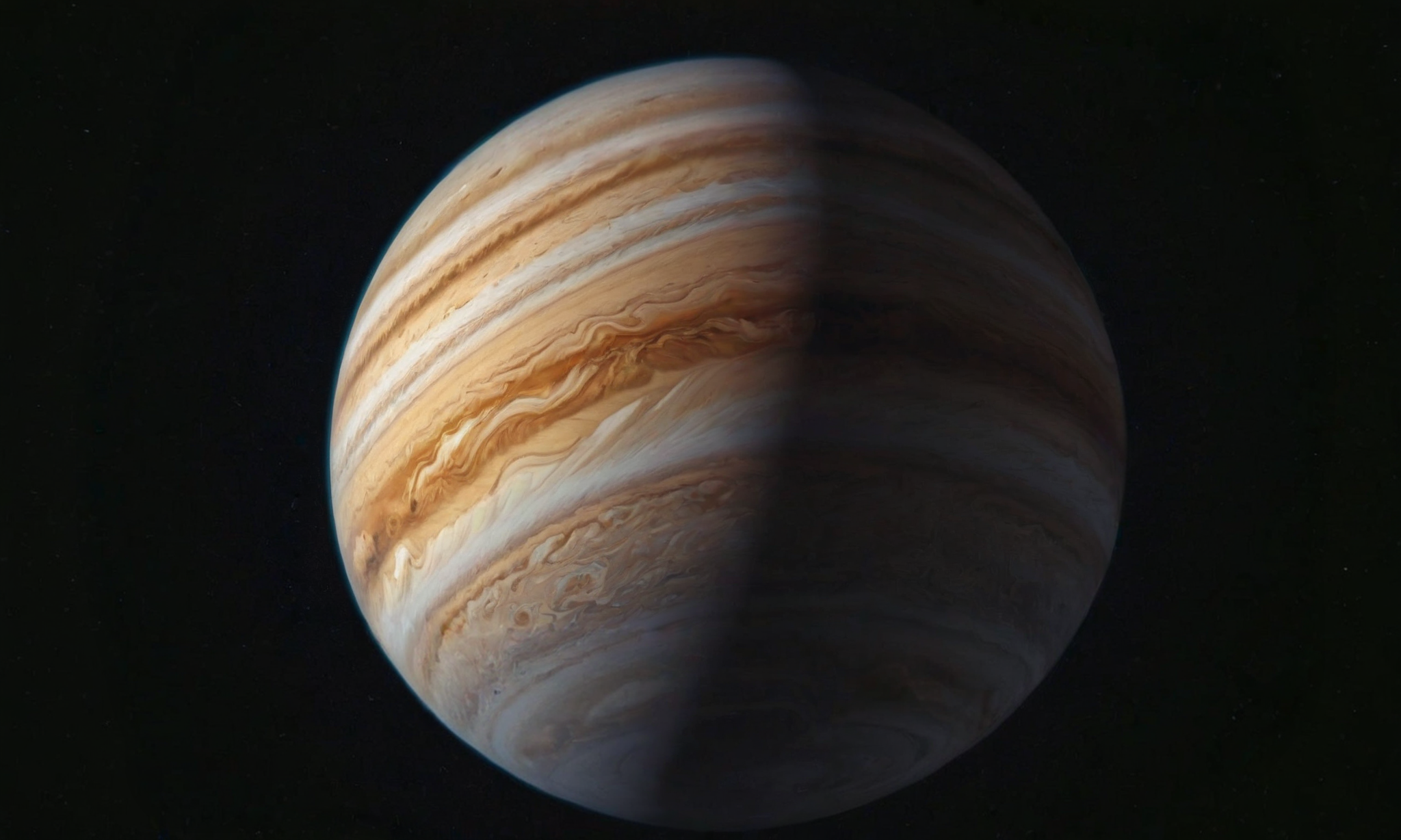· space brief · 5 min read
Space Brief 9 Jan 2025
Today's briefing includes new appointments in U.S. military and defense sectors, X-37B's continued mission, and international policy shifts affecting satellite technology sales.

📄Top Stories
Recent developments include changes in U.S. military leadership overseeing space programs, the continued mission of Space Force’s X-37B space plane, and significant shifts in international arms policies under the Biden administration affecting satellite technology. Additionally, Israel is making strides towards defense industrial independence with Elbit Systems.
📰Detailed Coverage
Former Pentagon Official Joins True Anomaly
Stephen Kitay, a former Pentagon space policy official, has joined the Colorado-based startup True Anomaly. Known for its work in space domain awareness, True Anomaly develops specialized satellites aimed at enhancing space situational awareness and strategic operations. Kitay’s expertise is expected to bolster the startup’s standing in the rapidly evolving space security sector.
True Anomaly’s innovations are crucial for advancing satellite tracking capabilities, a cornerstone of our web app’s real-time tracking tools.
Read the full story: SpaceNews
DesJarlais to Oversee Military Space Programs
The House Armed Services Committee’s Strategic Forces Subcommittee sees a leadership change as Tennessee Republican Scott DesJarlais replaces Doug Lamborn as chair. This subcommittee holds significant sway over military space and nuclear programs, signaling potential new directions in U.S. military space policy under DesJarlais’s leadership.
This transition comes at a critical time when global space capabilities and military strategies are under intense scrutiny, affecting both national security and international alliances.
Read the full story: SpaceNews
Space Force’s X-37B Exceeds One Year in Orbit
The U.S. Space Force’s X-37B, a highly secretive orbital test vehicle, has surpassed one year in continuous operation. The unmanned craft operates experiments in orbit that are classified, highlighting its role in testing and advancing space technologies under the radar.
Such extended missions enable testing of sustainable satellite and spacecraft technologies, critical for long-term operations and missions that will shape future satellite designs and capabilities.
Read the full story: Space.com
Biden Administration Eases Missile Tech Export Restrictions
In a significant policy shift, the Biden administration is revising the Missile Technology Control Regime (MTCR) guidelines. This change aims to facilitate the sale of long-range missile technologies and space launchers to key allies and partners. The updated guidance is intended to reinforce deterrence strategies and expand the U.S. technological influence globally.
This policy adjustment reflects a strategic initiative to enhance international space collaborations and partnerships, expanding the reach and capabilities offered by advanced satellite technologies.
Read the full story: Breaking Defense
Israel and Elbit Systems Strengthen Defense Capabilities
Israel is ramping up its defense industrial capabilities by securing agreements with Elbit Systems for local production of munitions and raw materials. This initiative comes as part of Israel’s broader strategy to improve self-reliance in defense manufacturing, ensuring that local industries can meet national security needs autonomously.
These developments underscore Israel’s commitment to strengthening its defense infrastructure, which may bolster regional security dynamics and innovation in military technologies, including satellite components.
Read the full story: Breaking Defense
Army Advances ‘HADES’ Spy Plane Program
The U.S. Army is resuming efforts on its High Accuracy Detection and Exploitation System (HADES) spy plane program. After overcoming a significant protest from L3 Harris, the program gained traction with a new adjudication process favoring Sierra Nevada Corporation’s bid for superior technical innovations.
The HADES program highlights the importance of airborne intelligence gathering and its potential integration with space-based reconnaissance systems, enhancing the effectiveness of satellite-supported surveillance operations.
Read the full story: Breaking Defense
🛰️Satellite Spotlight
- Satellite Name: COSMOS 677
- NORAD ID: 07435
- Launch Date: 1974-07-12
- Mission: Military communications satellite used by Russia for secure communications.
- Orbit: Inclination: 74.0367°, Period: 114.47 minutes, Eccentricity: 0.0044124
- Operator: GUKOSR
- Fun Fact: COSMOS 677 is part of the Strela-1 series, which were among the early Soviet military communications satellites, crucial for secure data relay during the Cold War.
Current TLE Data:
1 07435U 74072A 24366.87995411 -.00000012 00000-0 23569-4 0 99997
2 07435 74.0367 311.6807 0044124 141.3432 223.6953 12.58017358309245Track this satellite in real-time on our web app: Track COSMOS 677
🚀 Upcoming Space Launches
January 10
- SpaceX Falcon 9:
- NROL-153 from Vandenberg Space Force Base, California, USA (03:19 UTC) Seventh batch of satellites for a reconnaissance satellite constellation built by SpaceX and Northrop Grumman for the National Reconnaissance Office.
- Blue Origin New Glenn:
- Maiden Flight from Cape Canaveral Space Force Station, Florida, USA (06:00 UTC) Maiden flight of the New Glenn launch vehicle, carrying the Blue Ring payload tug and hoisting platform for its first National Security Space Launch certification flight.
- SpaceX Falcon 9:
- Starlink Group 12-12 from Cape Canaveral Space Force Station, Florida, USA (15:27 UTC) A batch of satellites for the Starlink mega-constellation, SpaceX’s project for space-based Internet communication.
January 13
- SpaceX Falcon 9:
- Starlink Group 12-4 from Cape Canaveral Space Force Station, Florida, USA (14:59 UTC) Another batch of satellites for the Starlink mega-constellation.
- SpaceX Starship:
- Flight 7 from SpaceX Starbase, Texas, USA (22:00 UTC) Seventh test flight of the two-stage Starship launch vehicle.
January 14
- SpaceX Falcon 9:
- Transporter 12 (Dedicated SSO Rideshare) from Vandenberg Space Force Base, California, USA (18:49 UTC) Dedicated rideshare flight to a sun-synchronous orbit with dozens of small microsatellites and nanosatellites for commercial and government customers.
January 15
- SpaceX Falcon 9:
- Blue Ghost Lunar Lander Mission 1 & Hakuto-R M2 “Resilience” from Kennedy Space Center, Florida, USA (06:06 UTC) Blue Ghost is a commercial lunar lander developed by Firefly Aerospace for NASA’s CLPS program, and Hakuto-R M2 is a mission developed by ispace to carry a small rover to study the moon’s surface.
January 28
- SpaceX Falcon 9:
- SpainSat NG I from Cape Canaveral Space Force Station, Florida, USA (04:00 UTC) First of two new-generation satellites built by Airbus to provide secure communications to the Spanish government and its allies.
January 31
- Rocket Lab Electron:
- Kinéis 16-20 from Rocket Lab Launch Complex 1, Mahia Peninsula, New Zealand (00:00 UTC) Fourth batch of five satellites for the French Kinéis IoT constellation designed to operate with 25 nanosatellites.
Note: Launch dates and times are subject to change due to technical or weather considerations.

Maurice Stellarski




